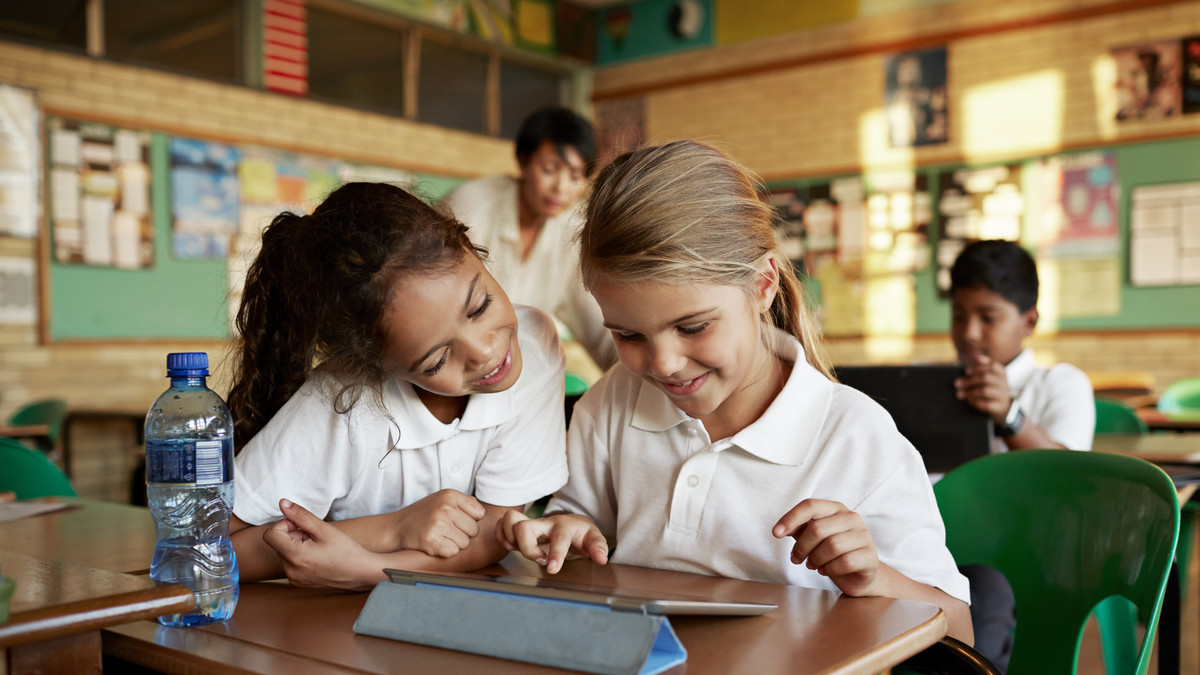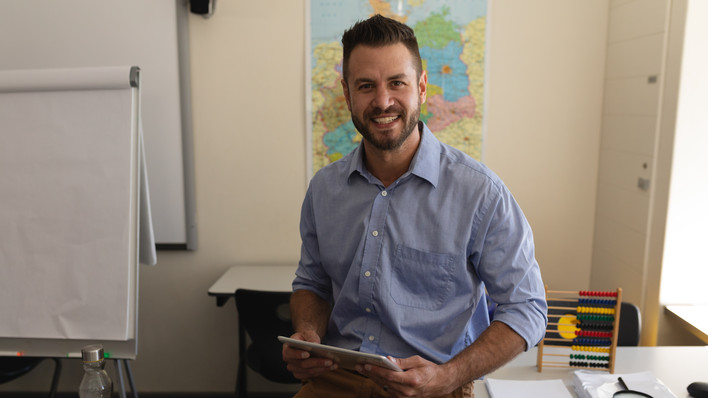The expression “reimagining education” has been the phrase educators and school district leaders have heard since students returned to in-person learning. We are excellent in education in creating “catchphrases” or rallying cries, but we often forget to share the what and how. In addition, with so many new initiatives and instructional practices launching in the last 18 months, it’s hard to pick and choose what should be kept or moved off of when school reopens in the fall.
Too often, “reimagining” really means adding more and more education technology into schools, with kids spending more or virtually all of their learning time on screens with programs supposedly individualized for each student. We have a unique opportunity to look at programmatic and philosophical shifts to promote energetic and curious learners.
Reimagining education: What to keep
Here are ideas to keep that will help educators serve students more effectively post COVID-19 and beyond.
Student choice in learning: Differentiation and student engagement are vital to student learning outcomes in the virtual space and in-person. As a principal for 11 years and district leader the past five, I have seen teachers create lessons that can be modified for students at various content-mastery levels and give them a choice in learning. Unfortunately, those lessons were the “special” lessons done after a traditional unit. Let’s make student choice and discovery learning the norm moving forward. This could look like students moving ahead or getting direct teacher time based on their experience and understanding of the material. Online learning allowed students to spend a lot more time incorporating their interests into the lesson. Let’s keep that mindset when we return to school.
Student voice in the classroom: When students have a voice in their learning, they are more likely to be engaged because learning is relevant. Especially in today’s educational setting, where there may be an absence of in-person interactions. Educators must strive to ensure that students’ voices are not lost. Choice boards, flex blocks, passion projects, genius hours, and maker spaces were a staple during home learning. Let’s ensure it is a staple for in-class learning as well.
Time to prototype edtech: Teachers do not need more technology; they need more time. Time with the ed-tech tools, time to learn the features, and time to understand the scope of effectiveness in their classrooms. Over the last 18 months, teachers have been introduced to technology and given ample opportunity to learn it. Keep this practice moving forward. Provide a few resources and allow time for educators to become familiar with tools. More isn’t always better, unless it is time.
Risk-taking: Educators and students showed grit and drive to learn and try new technology—continue this mindset and culture when teachers and students return in person. Maintain an environment in which attempts are celebrated, not just correct answers. This process will foster a culture of discovery learning.
Relationship-building with families: Forging relationships with students and their families takes time. When COVID hit, educators went into high speed, building relationships online and ensuring families were included in the learning process. This same vigor should continue when kids fully return. Let families know that they are equal partners in their child’s education and that you are walking alongside them. Using the platforms incorporated during COVID and taking time to make personal connections with each student’s family will keep open communication lines.
Learning-management systems: Pre-pandemic, many teachers had “their way” to disseminate learning and gather student work. Virtual learning taught us quickly that being efficient and consistent when students were not in front of us was essential. However, this efficiency didn’t end when we returned to school. Learning-management systems will continue to help teachers deliver lessons, share reading materials, and grade assignments. In addition, these platforms can streamline much of the work for teachers by centralizing several features on one platform, including the tools needed to run a virtual, hybrid, or in-person classroom, track student progress, and connect with parents.
Flexible PD: With the comfort and efficiency in virtual meetings and learning the past 18 months, teachers will expect to have synchronous and asynchronous professional-development sessions in the fall. In addition, a combination that includes online and video tools will give teachers more time to reflect on their practice and make effective adjustments.
Reimagining education: What to ditch
If I am going to identify strategies that need to continue, we also have to take some things away, or else the keeps are just one more thing.
Saying that “it has always been this way” doesn’t count as a legitimate justification for why it should stay that way. Teachers and administrators worldwide are doing amazing things, but some practices should not be kept when students return.
Computer rooms: The idea of taking a whole class to a computer room with outdated equipment once per week to practice their digital skills and then sending them back to the classroom 40 minutes later is obsolete. Instead, we learned should be an integral part of all the subjects and built into the curriculum. Technology is an essential part of learning, not just a location to research topics.
Banning student devices: Instead of taking phones and tablets from students, we should use these devices to enhance learning. Teach students digital citizenship and then let them use their phones for creating videos, podcasts, and anything they can think of that allows them to share their learning and voice.
Keeping ideas to ourselves: Teachers who work silently, and don’t tweet, blog, or discuss ideas are becoming obsolete. Educators are no longer teaching just locally but globally, and it’s our job to share what we do and see what others are doing. Education is a team sport, and we should all be tweeting, blogging, and sharing what works and what doesn’t, as well as getting and giving advice to and from colleagues around the world.
If we want to reimagine education, we should start in our own classrooms and school. Keeping effective practices and moving away from those “we always do” that don’t enhance student learning is the start.
This article was written by Matthew X. Joseph from Tech and Learning and was legally licensed through the Industry Dive publisher network. Please direct all licensing questions to legal@industrydive.com.
![]()



